The content of the article
What dandruff looks like is familiar to everyone: there is hardly a person who has not seen a scattering of light grains of different sizes on his or someone else's clothes. This nuisance, although it does not constitute a threat to life, is capable of significantly complicating it. Dandruff is not only a little aesthetic - it is often accompanied by skin itching, a violation of the secretory function of the sebaceous glands and inflammatory reactions.
What is dandruff
Dandruff is small scales, exfoliating from the scalp in excessive quantities. Normally, cells, originating in the depths of the skin, slowly move to its surface. In the process of this path, they become thinner and dry. After final keratinization, the cells easily leave the surface of the body and hair during washing. This is the process of renewal of the scalp, which takes about 30 days.
However, in some pathological conditions (skin diseases, changes in the activity of the sebaceous glands), the cycle duration is reduced. Not having time to become completely dead, the cells reach the surface of the skin, stick together and leave the head, forming in large numbers light flakes and grains noticeable to the eye.
What pathological processes provoke the appearance of dandruff? Most often, this is seborrhea - a disease that affects the skin of the whole body. One of its signs is dandruff, which in severe cases is formed not only on the head, but also on the skin under the eyebrows, scalp or back. Moreover, most experts are of the opinion that dandruff as such is a mild form of seborrheic dermatitis, and therefore these concepts are often used as synonyms.
Less commonly, dandruff appears due to an unbalanced diet, stress, gastrointestinal diseases, and other skin diseases.
The main causes of dandruff
On the surface of the human body there are a large number of microorganisms that do no harm to a healthy body. Permanent residents of the scalp are fungi of the species Malassezia and Pityrosporum, which have recently been recognized as species of the same species.
However, as soon as the normal course of physiological processes is disrupted, the activity of these microorganisms becomes several times more active, and the fungi themselves begin to multiply rapidly.
The scalp, covered with hair and equipped with sebaceous glands, in itself is favorable for the life of the fungi Malassezia / Pityrosporum, which need heat and an increased level of humidity. Changes in its condition (for example, increased secretion of fat) creates a nutrient medium for fungi, in which their number begins to multiply.
The activity of mushrooms leads to an increase in the amount of fatty acids on the surface of the head, which causes itching and irritation. As a result, the skin reacts with the appearance of inflammatory reactions, peeling and the appearance of dandruff.
Combing itchy places, a person violates the integrity of the skin, which is why local immunity is getting lower: crusts, suppuration, inflammation, etc. form on damaged places. So the disease becomes chronic.
What reasons can change the normal course of physiological processes of the body and thereby contribute to the activation of fungi? Most often they include the following factors:
Genetic conditioned features: the number of sebaceous glands, the composition of the secretion produced by them, the sensitivity of the glands to hormonal changes, etc.
Features of female physiology: changes in hormonal balance during periods of ovulation or pregnancy can exacerbate the sensitivity of the scalp, which can lead to inflammatory formations.
- Digestive diseases.
- Disorders of the endocrine glands.
- Immune diseases.
- Lack of proper hygiene.
- Emotional stress, depression, diseases of the psyche and nervous system.
- Avitaminosisunbalanced diet.
- Skin diseases.
- Excessive UV exposure.
Types of dandruff and their features
The types of dandruff are determined depending on the functional state of the sebaceous glands and the composition of their secretion. After analyzing the signs of the disease and the features of its course, the following types of seborrhea can be distinguished:
Dry. Its occurrence is associated with disturbances in the activity of the sebaceous glands: the secret they produce is highly viscous and therefore poorly secreted. Because of this, the surface layer of the skin becomes drier, the hair is thinner and easily broken, and their tips are usually split. The scalp becomes moody because its sensitivity increases markedly. Dry seborrhea is often accompanied by itching and hair loss. Sometimes the appearance of spots of red or pink. Dandruff of this type easily crumbles from the scalp, practically without getting stuck in the hair.
Greasy. The main symptom of this type of dandruff lies in its name. The surface of the hair and skin becomes oily and shiny, which is associated with excessive production of sebum. Depending on its consistency, two forms of this type of seborrhea can be distinguished:
- thick: the consistency of the secretion of the sebaceous glands resembles an uncooked dough. This form of the disease is characterized by dense and inelastic skin, hard, coarse hair. The sebaceous glands are enlarged and clogged with “plugs” from keratinized skin cells. Inside they are filled with thick contents. In some cases, the disease is accompanied by the appearance of staphylococcal or streptococcal ulcers;
- liquid: the consistency of the secretion in density resembles vegetable oil. Dandruff in the form of large flakes covers the hair, which is covered with fat and stick together in separate strands a day after washing. Itchy ulcers caused by blockage of hair follicles may form on the skin. After combing or opening, crusts form on the skin.
Mixed. This type of seborrhea combines the symptoms of both forms of the disease discussed above. For example, in areas of skin covered with hair, there may be foci of thick oily seborrhea, and on the face - liquid or dry.
How to get rid of dandruff at home
A good help in the fight against dandruff are recipes of traditional medicine, which usually use the most familiar and affordable ingredients. However, before using them, you need to carefully study the composition of the product: are there allergens in it. The use of masks or shampoos alone will not bring the desired effect without deep cleaning - peeling of the scalp. Making it at home is also easy. Peeling the scalp improves the removal of skin flakes, improves blood circulation, and facilitates hair nutrition.
Scalp recipes
It is recommended to do deep cleansing of the scalp once every 14 days for owners of dry hair, and twice for the same period for those who have excess sebum. Most often, soda and salt are used for peeling. Depending on the type of hair, the exfoliating mixture can be supplemented with lemon juice, ground coffee, and essential oils. The finished composition is applied to the scalp with massaging movements and left for 5-10 minutes for exposure. Then it is washed off under running water.
The simplest peeling recipes are as follows:
- Mix a tablespoon of your shampoo with a teaspoon of baking soda and wash the mixture with your head. This method is suitable for owners of any type of hair.Often ground coffee is added to the shampoo instead of soda. This peeling option is not bad, but it is much more difficult to wash it off.
- Saline solution can also be used for any type of dandruff. The mixture consists of table salt and water in equal proportions. The ingredients must be mixed and then apply the resulting solution to the scalp, massage a little and rinse off after 5 minutes.
- Holders of oily hair will appreciate the peeling, for which the egg yolk is mixed with a tablespoon of salt and the juice of half a lemon.
Home Mask Options
The treatment of dandruff with alternative methods is not only effective, but also economical. From inexpensive and familiar products, excellent healing masks are obtained.
The following recipes deserved great popularity and good reviews:
- Massage the scalp before washing with apple cider vinegar for 1-3 minutes.
- Apply kefir to the unwashed head, and after 10-15 minutes rinse it off using a shampoo suitable for the type of hair. This mask can be used daily. As soon as dandruff becomes less, it will be enough to apply kefir once every 10 days.
- Rubbing the infusion of kombucha into clean scalp for about 2-3 minutes, followed by rinsing of the hair.
- A mixture of castor oil, tea leaves from black tea and vodka in equal parts also helps to defeat dandruff. The resulting mass, rubbing lightly, is applied to the scalp and left for exposure for one and a half to two hours. Then you need to wash your hair with shampoo. This mask can be used every other day.
- Burdock root, 20 gr. Is well-deserved. which you need to pour a glass of water and cook until the amount of liquid is reduced by half. The broth should cool to a temperature that is comfortable for you, then it remains to strain and use it, rubbing it into clean scalp daily for 10 days.
- It is wonderful to soothe the itchy scalp and stop hair loss using a mask of the juice of one small bulb, yolk and a tablespoon of honey. It must be applied to the scalp before washing for 30-50 minutes. For a noticeable effect, the mask should be repeated every 2-3 days. In total, 10 procedures should be done. Its only drawback is that the smell of onions will appear on wet hair for about six months after the end of treatment. Dry hair will not contain any odors.
- Rinsing the scalp with a decoction of oak bark helps to cope with oily seborrhea. Three tablespoons of bark is poured with a liter of water. After boiling for 15 minutes, the broth is infused for half an hour and then filtered. You can rinse their head after each wash for 1-2 months.
- A very popular recipe for a mask with aloe juice (5 parts) and alcohol (1 part). After mixing the ingredients in the specified proportion, you need to rub the mixture into the scalp every other day. The solution can be prepared with a margin, because it is perfectly stored in a cool dark place.
- With any type of dandruff, nettle has a good therapeutic effect. With dry seborrhea, 3 tablespoons of grass are poured with half a glass of vegetable oil. The mixture should stand for a week in a dark and cool place, after which it can be used by rubbing it in the scalp before each wash. With oily seborrhea, nettle (50 g) is poured with boiling water (300 ml). The composition must be brought to a boil, filtered, cooled and used to rinse the hair after washing.
- A mask from a glass of natural yogurt (you can buy it or make it yourself) and 1-2 tablespoons of lemon juice will help to relieve dandruff from your head, but also to treat your hair. If the hair is very oily, the amount of juice can be doubled. The ingredients should be mixed until smooth and apply the resulting mixture to clean scalp. Then put on a warming cap and wait 40-50 minutes. Then the composition can be washed off with a regular shampoo.
When using folk remedies for treatment, it is important to remember that masks with alcohol can excessively dry the skin, and therefore you should not abuse them.In addition, the mixture applied to the skin and hair should be washed off immediately if you suddenly feel a burning sensation or other unpleasant symptoms.
Treatment Dandruff Shampoos
Those who do not want or cannot use the recipes of traditional medicine will benefit from the achievements of pharmaceuticals. Today in any pharmacy you can find a large number of therapeutic shampoos designed specifically for the treatment of dandruff. These drugs are effective, but the price of them rarely drops below 300-400 rubles for a small bottle.
Dandruff shampoos can be divided into two types:
Exfoliating - help to thoroughly cleanse the skin, and also soothe itching and reduce inflammatory reactions. Such shampoos dry the skin, so with dry seborrhea they must be used with caution. The following brands are very popular:
- Friderm Tar;
- Selegel containing selenium sulfide;
- Tar shampoo from the brand "One hundred recipes of beauty";
- Kerium from La Roche-Posay.
Actually medicinal (antifungal) shampoos. They include substances that inhibit the reproduction of fungi: clotrimazole, pyrithione, etc. These include:
- Nizoral, the basis of which is ketoconazole. Effective against a large number of fungi;
- Sulsen (shampoo and paste), the active ingredient of which is selenium disulfide. It not only allows you to deeply cleanse the skin, but also prevents the growth of fungi;
- Sebozole containing the same active substance as the above Nizoral;
- Dermazole, the basis of which is ketocotonazole. It helps not only to cope with dandruff, but also with other skin diseases (eczema, lichen);
- Seborin, acting on the fungus with the help of part of climbazole.
Use the selected shampoo in accordance with the instructions. Do not wash their hair more often than recommended in it. This will not accelerate the healing process of the scalp, but rather add new problems.
Dandruff Prevention
No one is safe from dandruff, because it is impossible to predict what stressful situations you will have to endure or what diseases you may encounter in the future. However, anyone can afford to take simple preventive measures that will reduce the likelihood of meeting this nuisance.
Most actions to prevent dandruff meet the principles of a healthy lifestyle. This means that with the help of preventive measures, you can not only defeat dandruff, but also join in proper nutrition.
Particular attention will need to be paid to the following factors:
- A balanced diet, including proteins, fats and carbohydrates. You should reduce the consumption of fatty, salty, too spicy foods. The body will also benefit from the rejection of carbonated drinks and an excess of simple carbohydrates (sugar, white flour products, etc.);
- Drinking regime: to maintain all metabolic processes in the body, you should drink a sufficient amount of clean water (about 2 liters daily). Tea, juices, fruit drinks and other drinks are not taken into account;
- Hygiene: it is forbidden to use other people's towels, combs, hair accessories, etc .;
- Personal care: you need to choose suitable and non-aggressive body and hair care products. You should less often use styling products (gel, foam, varnish, etc.) and do not be lazy to wash them off before bedtime. You do not need to abuse shampoos with a preventive effect, the optimal frequency of their use is 1-2 times in two weeks;
- Emotional background: whenever possible, unnerving situations should be avoided. You should not only work, but also have a good rest, try to get enough sleep. Moderate physical activity, appropriate to the level of training, will successfully resist stress.
Dandruff does not appear for no reason.Most often, its formation is associated with a violation of some physiological processes in the body. Identifying the source of the problem and working on it, as well as appropriate skin and hair care, will solve this problem. But even after dandruff is defeated, you should not let the situation go by chance. Timely preventive measures taken will help to avoid a second meeting with her.
Video: how to get rid of dandruff

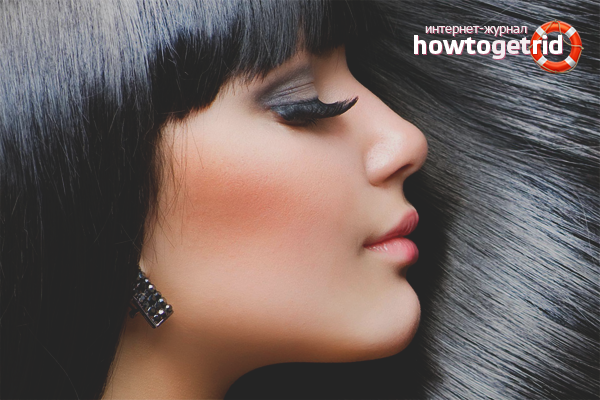

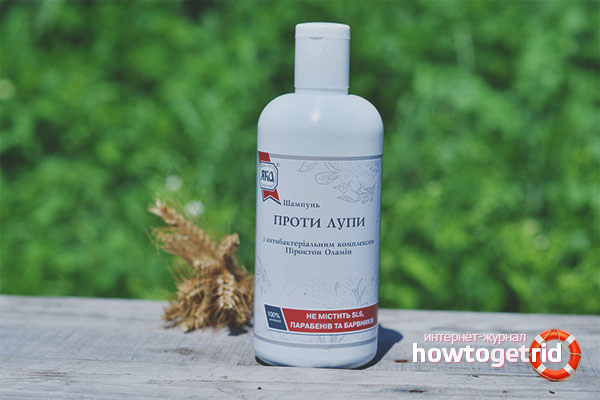

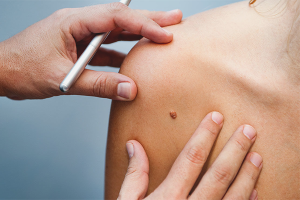
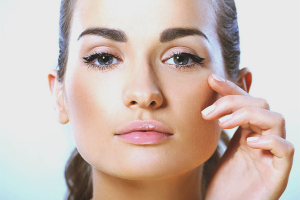
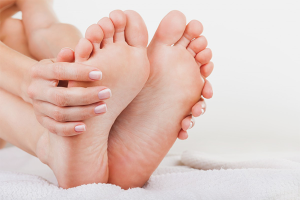
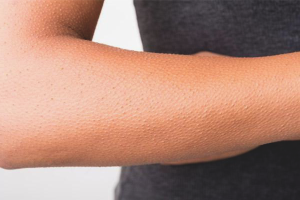
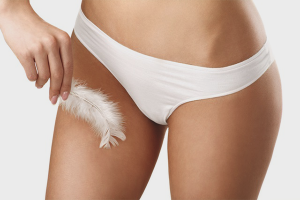
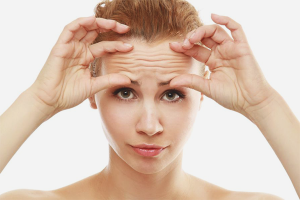
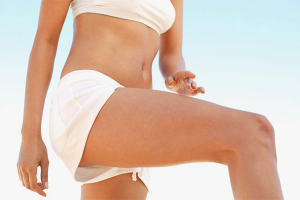
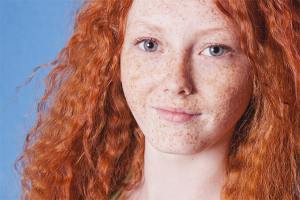
Submit